UNDER THE SURFACE | Where now for Bordeaux en primeur?
When the first of Bordeaux’s 2023 wines were released at prices 30% lower than last year, many commentators felt it was just the push the market needed. Yet three months later, this year’s en primeur campaign has fallen largely flat, further calling into question the very system itself. Where does it go from here, asks Guy Woodward
‘It was in the spring of 1955 that the Bordeaux first growths, plus a few other high-profile producers, appeared in a lavish advertisement in the US press: ‘An opportunity to buy fine, château-bottled Bordeaux wines “en tonneau” before they are bottled, at savings of up to $20 a case,’ read the text.
These were the tough post-war years, when the châteaux needed cash-flow, and found it in the then booming US market. Today, it’s somewhat ironic to recall that the whole concept of selling wine while it was still maturing in barrel was hit upon to help out cash-strapped producers. Few Bordeaux classed growths need such a leg-up these days – and recent years have suggested that consumers are starting to tire of the practice too.
‘It was probably one of the
EMMANUEL CRUSE,
worst campaigns we have had
in thirty years’
chATEAU D’ISSAN
The 2023 vintage was largely well received by the critics, and many of the top producers released their wines at prices 30% lower than the previous year, in a bid to stimulate the market. Yet it doesn’t seem to have worked.
Emmanuel Cruse, director-general of Vignobles Cruse-Lorenzetti (which includes Châteaux D’Issan, Lafon-Rochet and Pédesclaux) described this year’s campaign as ‘probably one of the worst we have had in 30 years – not because of the quality of the wine, but because of the economic situation’.
Speaking to trade title the Drinks Business, Cruse said: ‘The 2023 vintage was extremely good and the price really fair. So you had everything in place for consumers.’ Yet most of those involved report that sales were underwhelming.
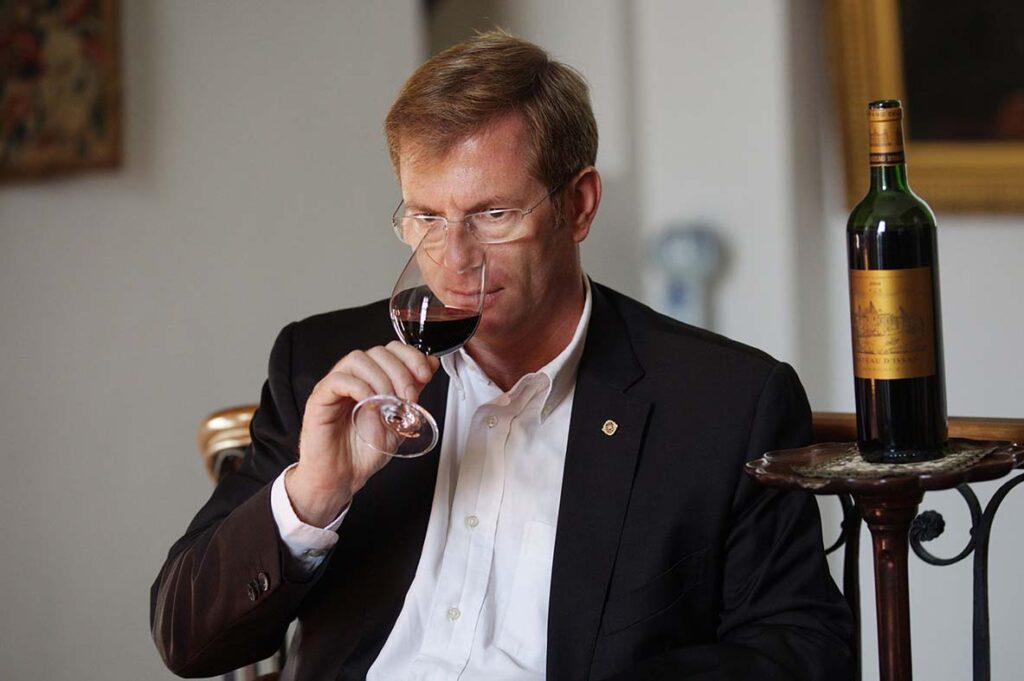
For Cruse, the issue is simple. ‘The idea of en primeur is that you need to buy a wine at the best price possible, as you’re paying three years in advance. If that’s not happening anymore, why buy en primeur? You could buy when the wine is bottled.’
Jean-Michel Laporte at Château Talbot echoed Cruse’s views. ‘Most of the prices for 2023 wines en primeur were very attractive. The trouble comes from some estates which have been far too expensive in recent years, and so didn’t have enough valorisation to be in the market anymore. And, of course, they were not able to decrease prices enough to incentivise merchants and consumers.
Chairman of fine-wine dealer Farr Vintners Stephen Browett told Decanter magazine that, ‘With some en primeur wines being sold at higher prices than mature vintages, the Bordelais risk customers giving up.’ Even a Princeton University professor, Orley Ashenfelter, confirmed the sentiment, having analysed prices for a study. His conclusion, based on the self-evident premise that investing in wines en primeur ‘would only be sensible if prices are lower than future prices,’ was that ‘most en primeur prices are too high – especially in inferior vintages’.
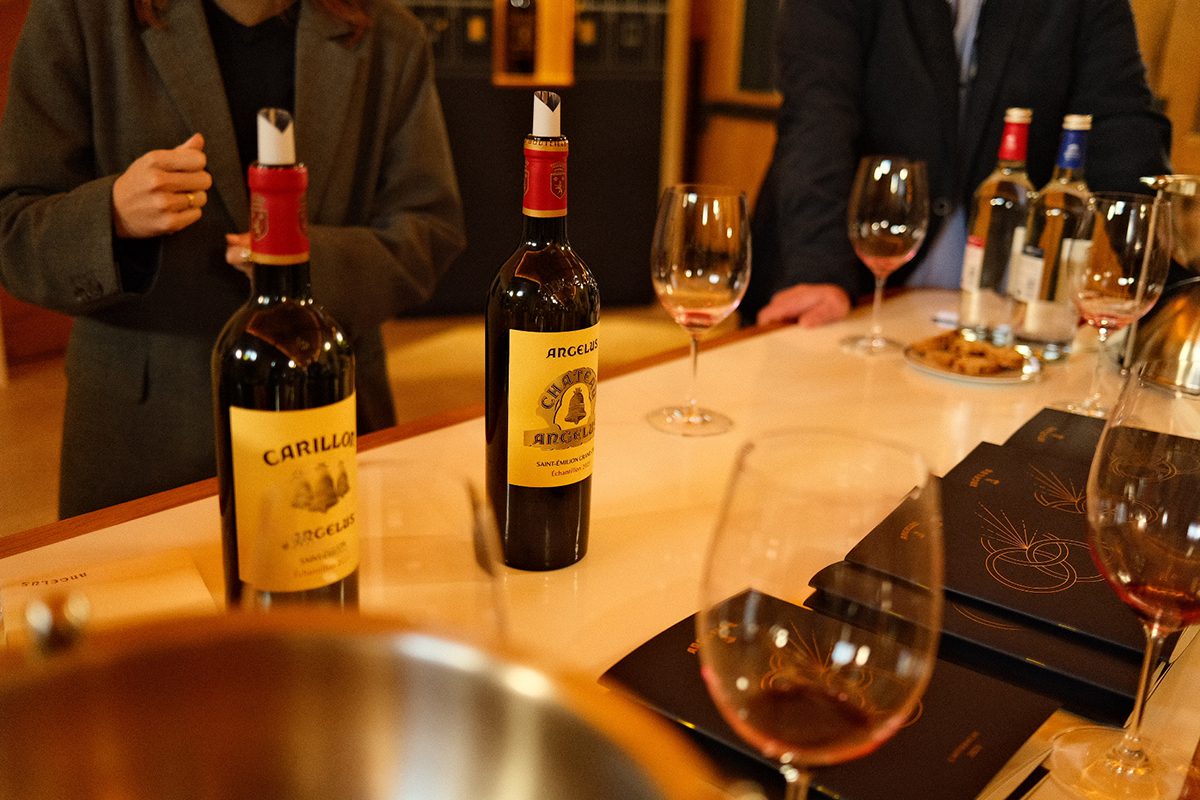

With regard to the 2023 vintage, Peter Mitchell MW, wine director of London merchant Jeroboams, said: ‘A price correction of 30% was obviously not nearly enough, as we’ve seen from sales around the world. All that did was take us back to the same level as the 2020 vintage.’ While Jeroboams sold a similar volume to the previous year, he added, ‘our profit came from the top-end, where the margins are bigger. Further down the scale, a lot of stuff didn’t sell.’
Laporte says the challenge for the petits châteaux is a different one. ‘The prices are evidently attractive. It’s a distribution problem: today we have more wines available en primeur than 20 years ago, and there is probably not room for everybody.’ Most of the negociants – the middle men between the châteaux and merchants – are less inclined to focus on the lesser known wines, which bring less reward, he said.
For Mitchell, the wider problem is around the investment market. ‘So much of this wine has traditionally been bought by people trying to make tax-free money out of it, so it’s piled up in wooden boxes in bond around the world by people who want to sell it one day and cash in their pension. The problem with that is that eventually someone has to buy it to drink. And if the prices get too high, all of that wine becomes overvalued for what it’s actually worth as a product – and I suspect Bordeaux may have reached that point.
‘I also suspect it’ll be even worse next year if they don’t cut prices again, because people are realising that a lot of these wines are very expensive for what they are – and the younger generation aren’t as wedded to Bordeaux anymore. You just hope that the vintage we’ve just had will be a bit of a wake-up call.’
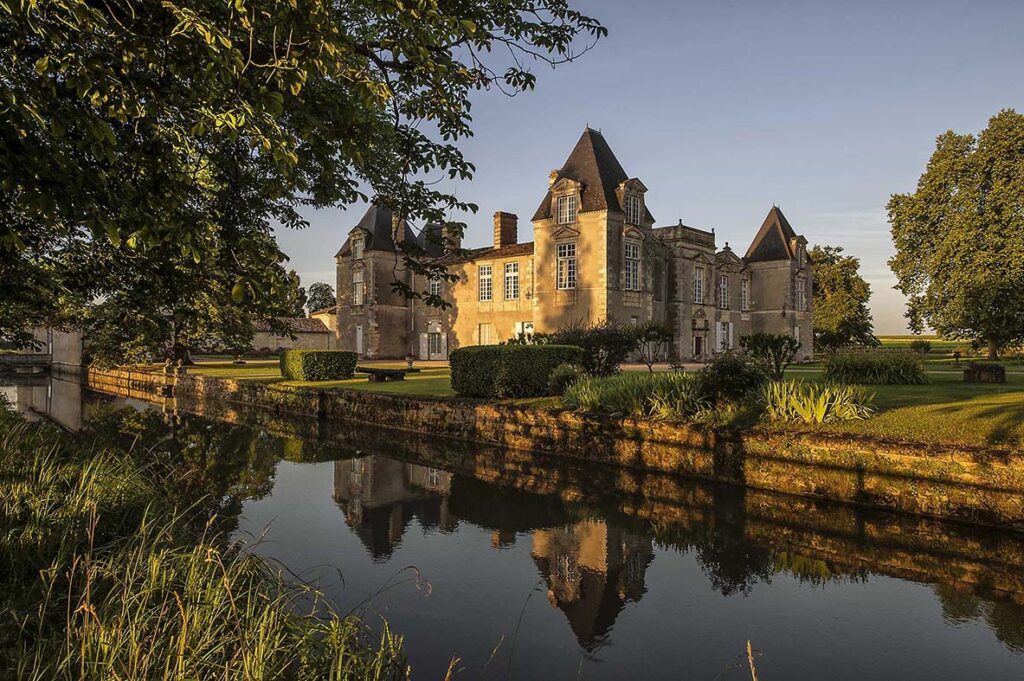

Michael Saunders, CEO of Coterie Holdings, which encompasses UK merchant Lay & Wheeler and importer Hallgarten among other businesses, said: ‘The reality is that Bordeaux has yet again failed to heed the warnings, so the 2023 en primeur campaign really didn’t deliver what it could so easily have done. Quite where the market will head now is a big unknown.’
While Cruse pointed out that economic uncertainty is impacting markets across the world, he identified a second problem undermining the system. Some wineries, he said, were only putting 30% of their production onto the market, fuelling speculation around those brands. He argues that it is vital to reduce this level of speculation. ‘We need to redefine the volumes that we put on the market en primeur,’ he said, arguing for an average closer to 70-80%.
He recognised that the investment market was an issue: ‘People are not looking for speculation for great Bordeaux wines,’ he argued, adding that it was ‘important to respect the system,’ otherwise it would no longer be attractive to consumers. ‘For the first time, the system seems to be very sick. We need to redefine the rules to make sure that it will be better in 2024.’
In the meantime, the good news from a consumer perspective is that some of those older vintages now seem rather good value. And with reports of some negociants sitting on large amounts of stock, they could become even more so in the future…
Not a 67 Pall Mall Member? Sign up to receive every issue of The Back Label by filling out your details below.
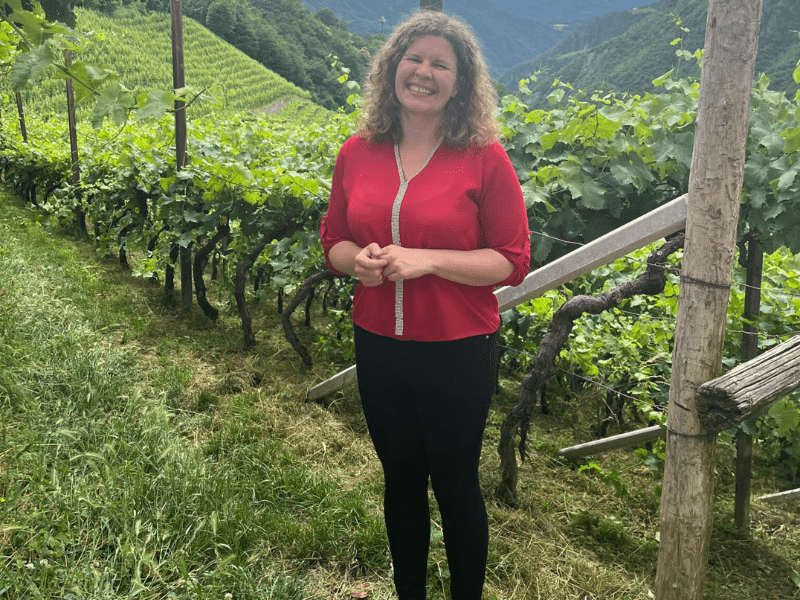

IN
THE
VINEYARD
Gump Hof, Alto Adige, Italy
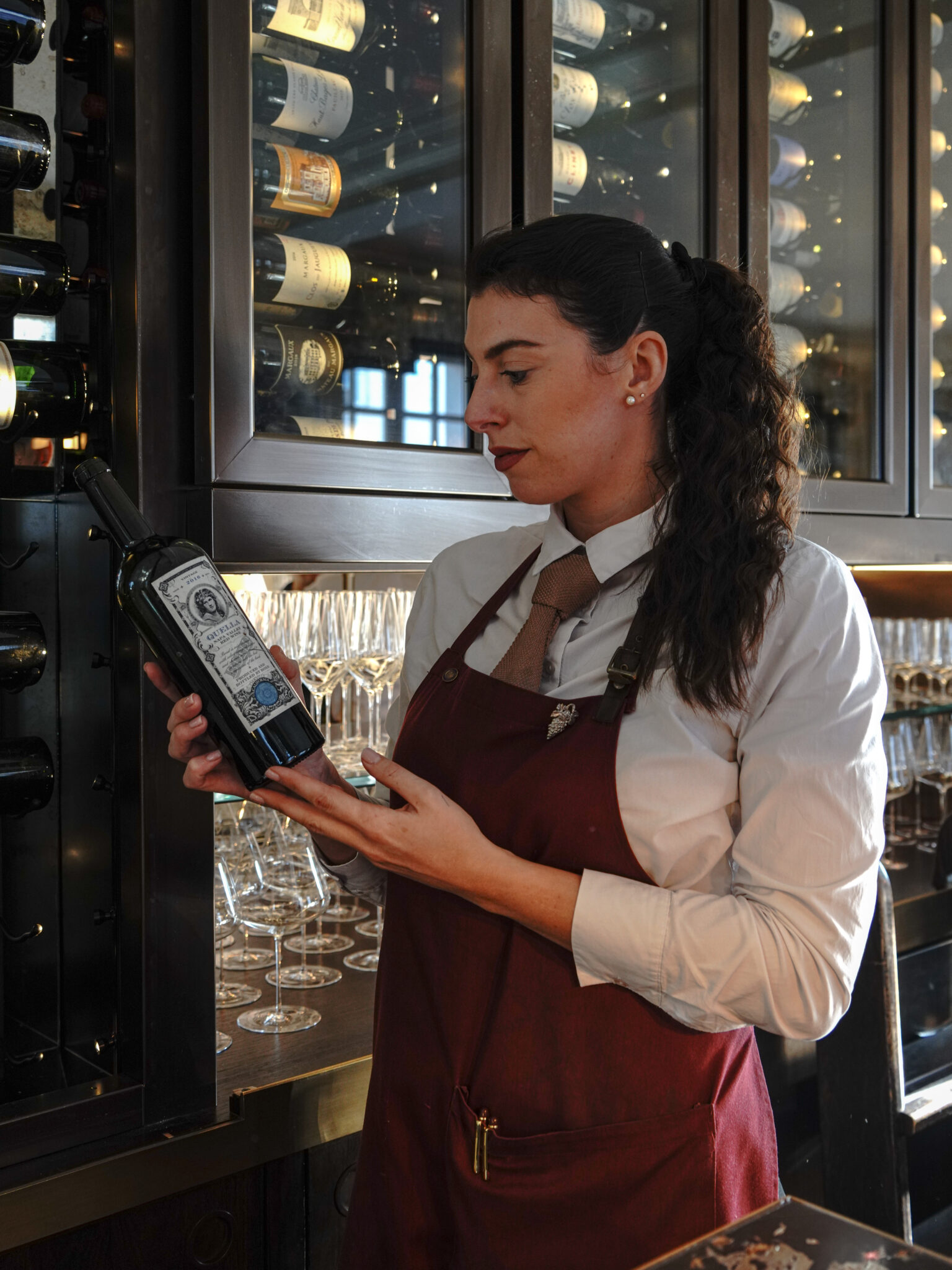

ON
THE
LIST
Mariachiara Faccin
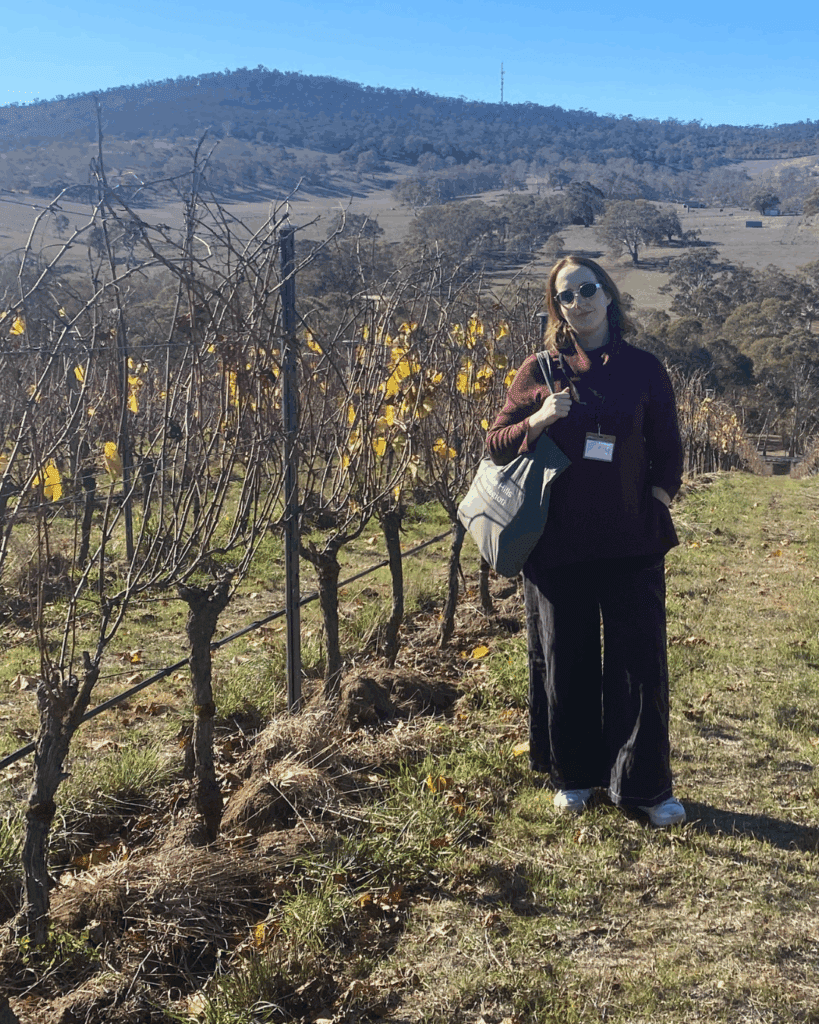

ON
THE
ROAD
Christina Kaigg-Hoxley in the Adelaide Hills
